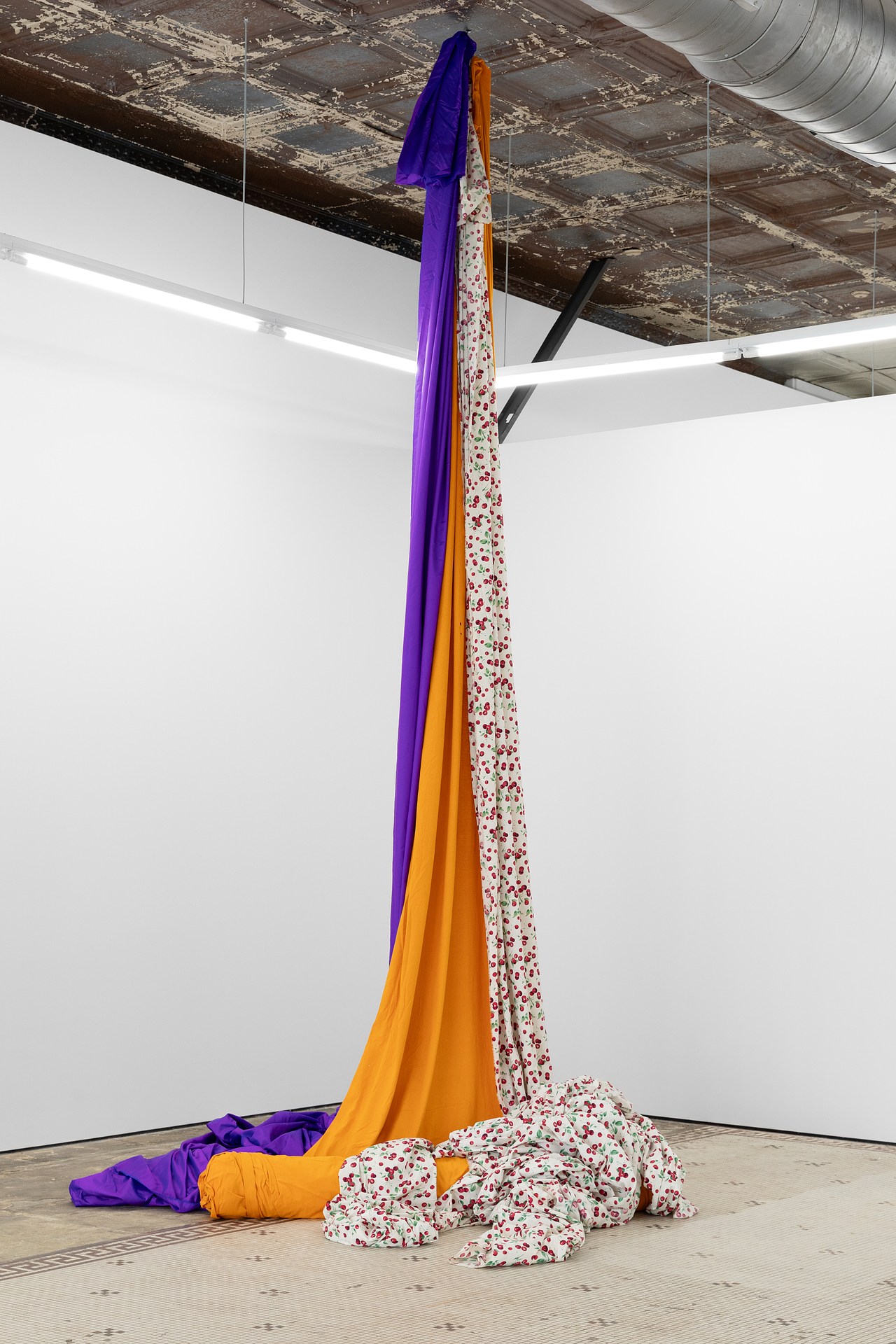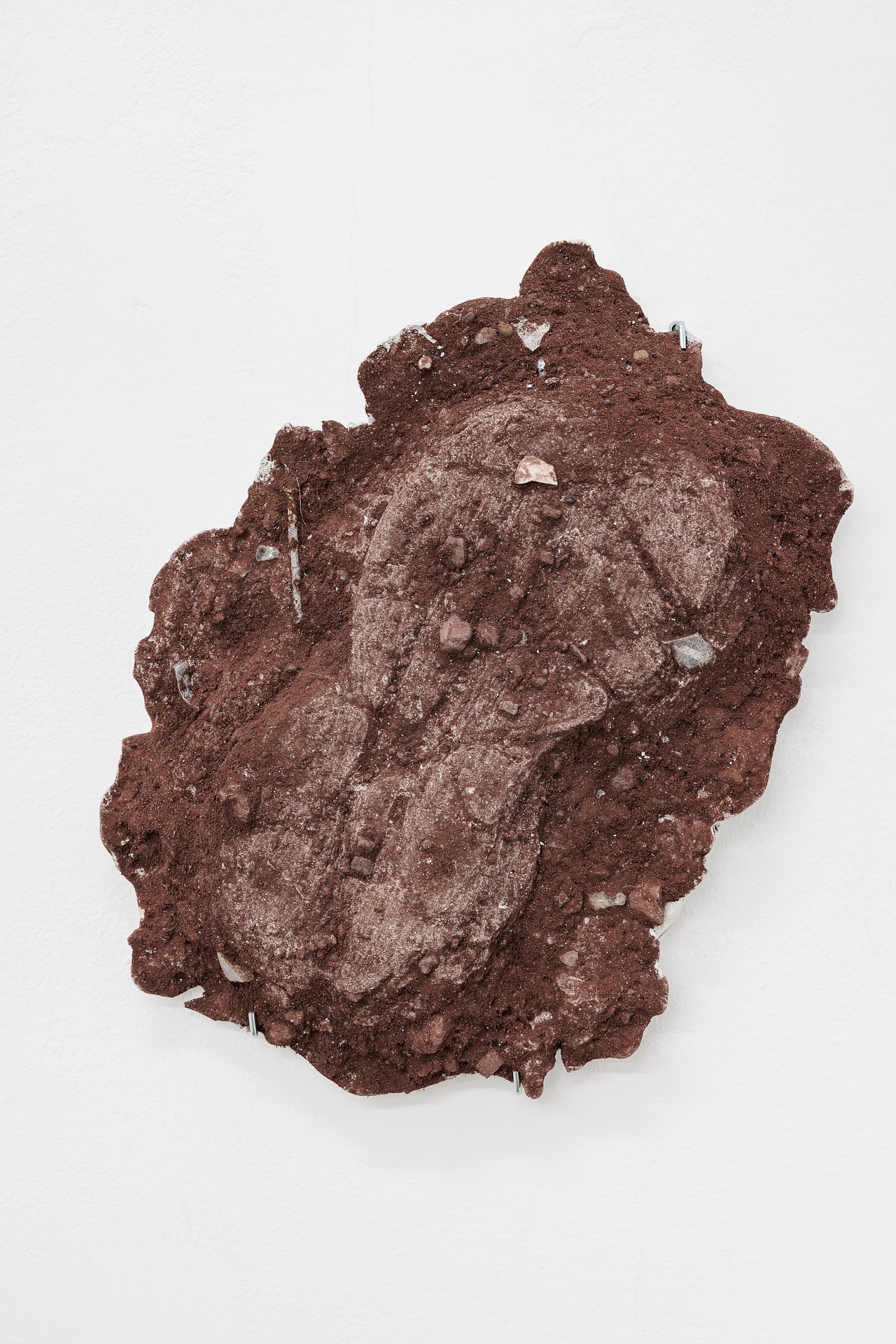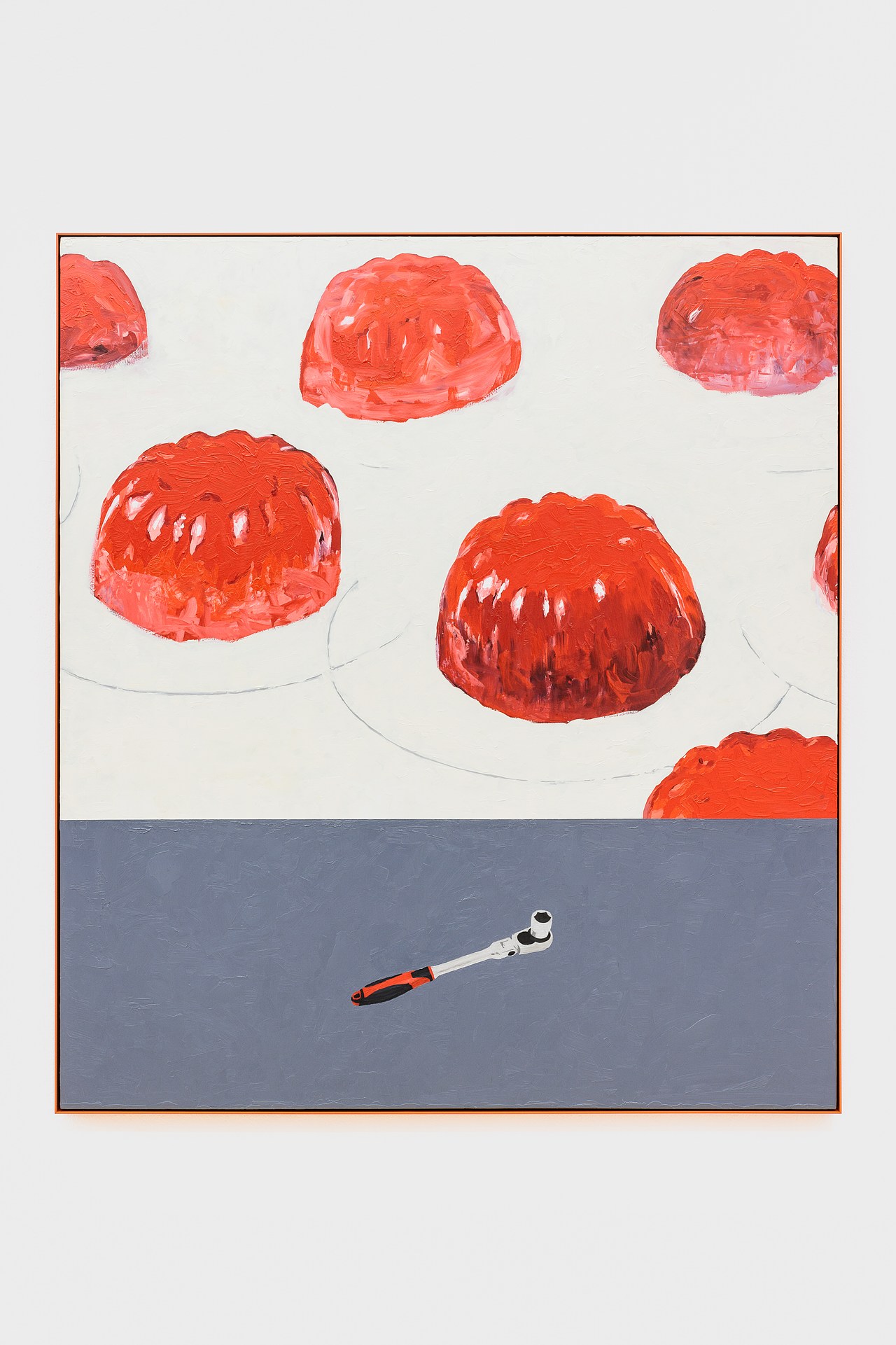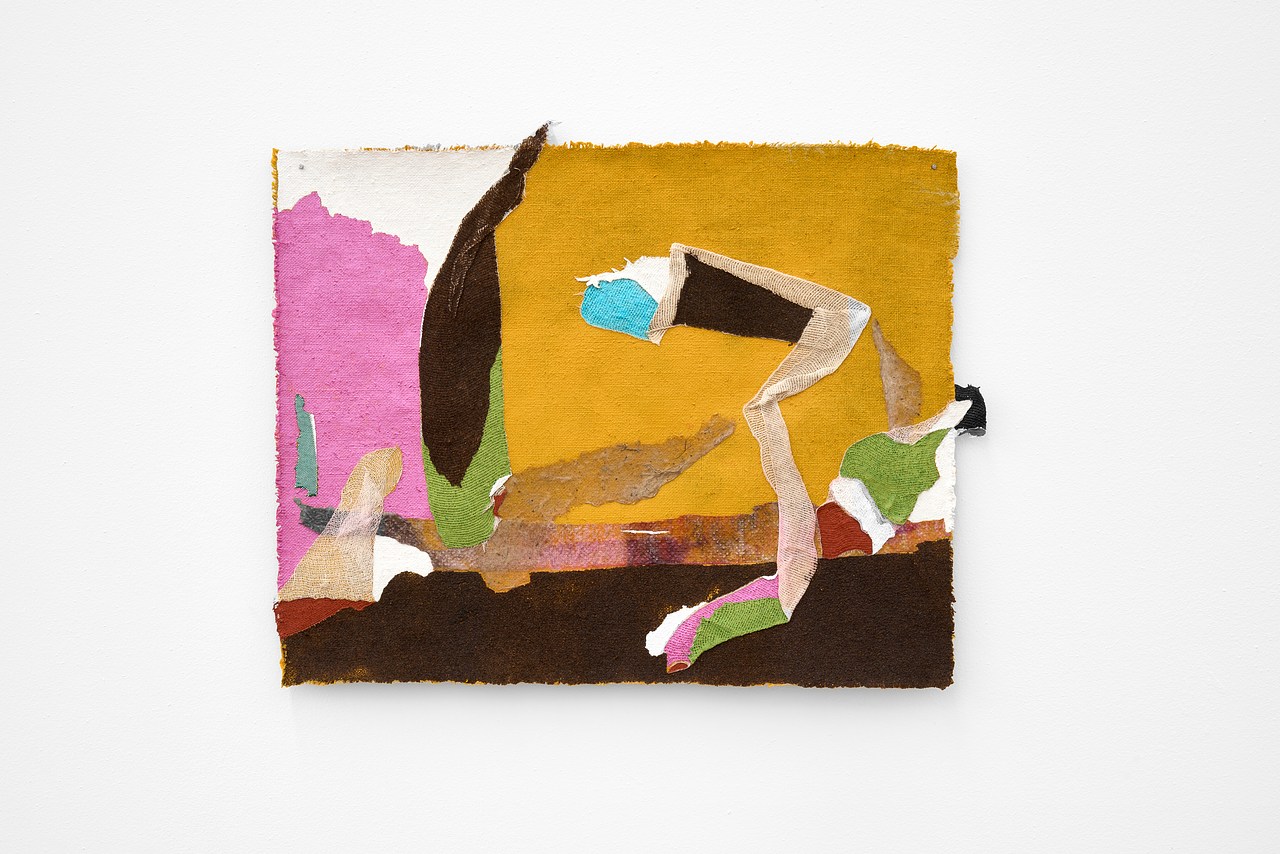São Paulo–based gallery Almeida & Dale will officially acquire Millan, a stalwart of Brazil’s contemporary art scene. This move will consolidate a top primary dealership, Millan, and a major secondary one, Almeida & Dale, reflecting a growing trend as the new enterprise aims to remain dynamic and competitive in the global art market.
As part of the deal, Almeida & Dale will take over the management of Millan’s three exhibition spaces in Pinheiros, one of São Paulo’s most sought after neighborhoods, as well as its full artist roster. Additionally, Millan’s associate director João Marcelo de Andrade Lima and general director Hena Lee will become executive partners at Almeida & Dale, alongside that gallery’s founders, Antônio Almeida and Carlos Dale. Millan’s two cofounders, André Millan and Socorro de Andrade Lima, will take on the strategy-focused roles of artistic director and commercial director, respectively.
For Antônio Almeida, the art market needed a change. “By combining Millan’s keen artistic eye and its team of artists with Almeida & Dale’s expertise and portfolio, we will be able to expand the power of Brazilian and Latin American art around the world, and this is positive for the market, for artists, and for collectors,” he told ARTnews.
The merger will go through on March 29, with the opening of the exhibition “Nossa Senhora do Desejo” at one of each gallery’s spaces, placing the work of Pedro Moraleida Bernardes (1977–99), who during his short but prolific career created an expansive oeuvre that criticized aspects of contemporary Brazilian society, in conversation with the work of 20 Brazilian and international artists, including Cinthia Marcelle, Sara Ramo and Guerreiro Do Divino Amor.
Traditionally, there has been a clear distinction in Brazil between galleries operating in the primary market (new and recent work by contemporary artists) and the secondary market (historical work by deceased or established artists). This move now allows them to put an artist like 17th-century Dutch painter Franz Post in an exhibition alongside Alex Červený, a contemporary Brazilian artist whose work draws from Medieval art, Renaissance altarpieces, and Surrealism, according to Almeida.
Copyright
© Art News











